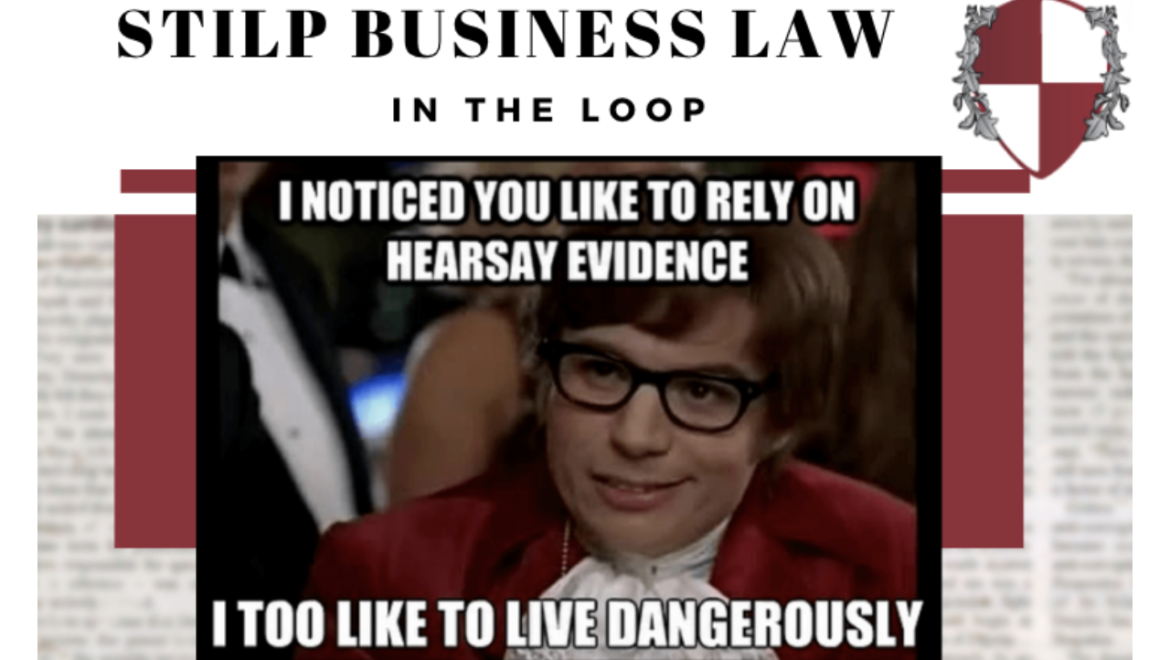As promised, we would discuss the standards of review commonly exercised by appellate courts, state and federal, when reviewing cases.
The standard is sometimes said to represent a measure of “how wrong” the lower court’s decision must be to justify reversal.
The standards of review can be summarized into three categories: (1) De Novo, (2) Manifest Weight of the Evidence and (3) Abuse of Discretion. Here, we will discuss the second standard: Manifest Weight of the Evidence.
2. Manifest Weight of the Evidence: Under this standard, the appellate court is looking to fact decisions on the particular case (rather than purely legal decisions as in the de novo review discussed in our last issue). There is less concern in the court system for achieving consistency because there are diverse fact patterns that make each case unique. An error of fact is more tolerable than an error of law because there is less likelihood that a wrong decision will affect other cases.
The manifest weight of the evidence standard asks whether reasonable people could find the opposite conclusion clearly apparent. Although the standard is difficult for the appellant (the party filing the appeal) to meet, the appellate court cannot be entirely deferential to the trial court if the appellate court is to fulfill its corrective function. Thus, the manifest weight of the evidence standard gives the trial court more deference (and “more room” to make mistakes) than the de novo standard we discussed in our last issue, yet still allows the appellate court to correct errors.
Having handled dozens of appeals in both federal and state courts, and in the Illinois Supreme Court, familiarity with the correct “standard of review” and what it means for your case is essential for success.
(We gratefully acknowledge information from Storm, Timothy J., The Standard or Review Does Matter: Evidence of Judicial Self-Restraint in the Illinois Appellate Court, 34 S. Ill. Univ. L. J. 73 (2009)).



